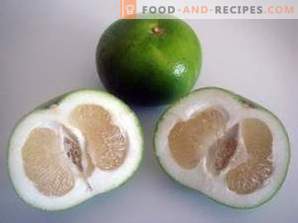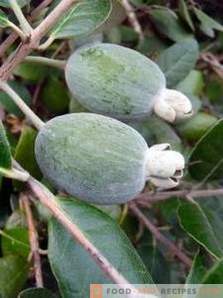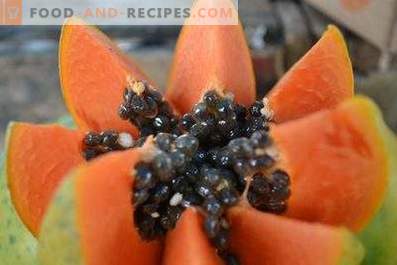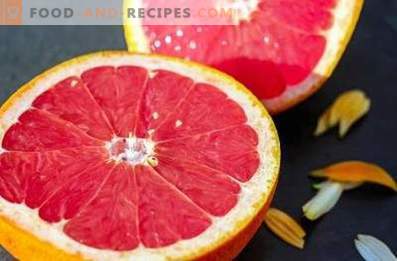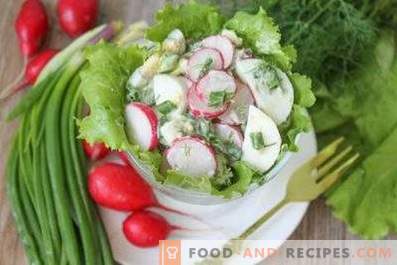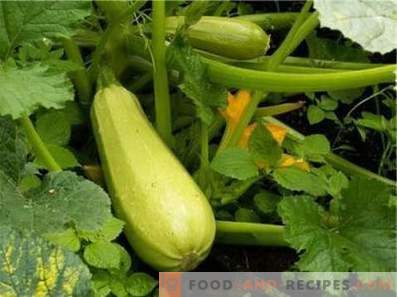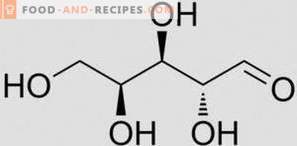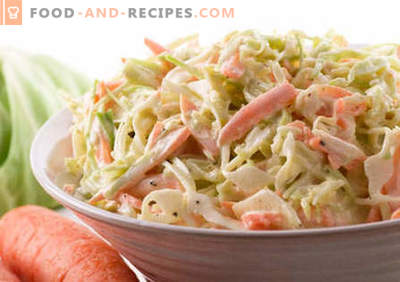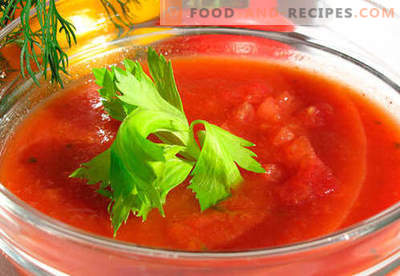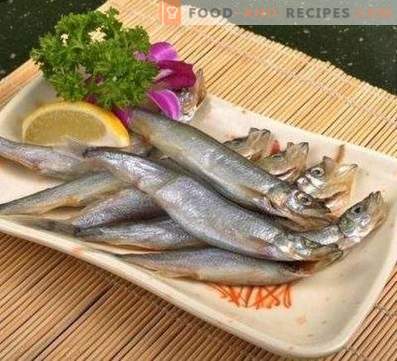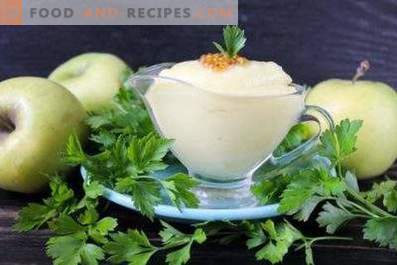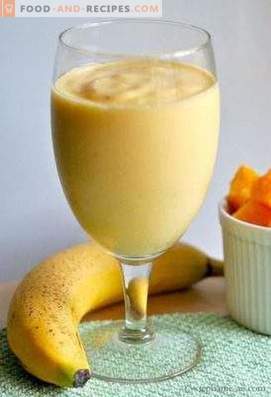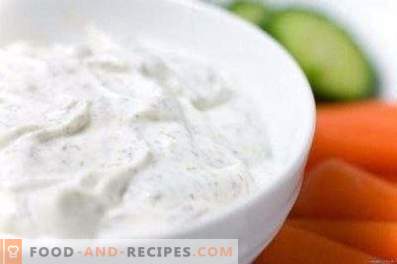
The botanical species of lime belongs to the genus Citrus of the Rutaceae family and is a close relative of the lemon. The fruit's homeland is the Malay Archipelago, from which it was spread throughout the tropical and subtropical territories of the continent in the 7th century AD. er In Southeast Asia, the tree is called “nipis” or “tipis”, and in Malaysia the name is written as “djerook neepis”. After six centuries, Arab traders introduced lime to European countries. In Great Britain, the fruit began to be called “limonell”, in France - “lime acide”, and in Spain and Poland - “lima”. The common root of the names of lime is of Persian origin and was originally pronounced “lima”.
The growth of the lime tree is small and varies from 1, 6 to 5, 5 meters. The branches of a dense crown of a plant usually overgrow with small spines. In one axillary inflorescence is located from 1 to 7 small white flowers. The small lime fruits are egg-shaped, with a radius of 1.7 to 3 cm. Outside, the ripe fruit is colored green, sometimes having a yellowish tint. When ripe, the skin becomes thinner, which is one of the indicators of fetal ripeness. Juicy flesh has a greenish color and very sour taste.
Lime blooms and bears fruit throughout the four seasons, but the main period of development of flowers is the rainy season of the tropics - early summer, and the time of fruit ripening is the beginning of autumn. Industrial cultivation of fruit was developed in the 1870s on the coast of the Lesser Antilles. Also the countries leading in the delivery of lime to the world market are Mexico, India, Indonesia, Egypt, Brazil and Cuba. Lime cultivation areas usually belong to tropical regions. From the point of view of sensitivity to soil type, this plant is considered to be quite unpretentious: it can develop even in stony and sandy areas. But the highest yields are shown by trees growing in light, loamy soils with good drainage. At the same time, lime very poorly tolerates cold: it is damaged already at a temperature of minus 2-3o C. Therefore, humid tropics are the most suitable for a fruit, and subtropical conditions are suitable for a related lemon. The use of lime by a person is very similar to the use of lemon: for example, in hot climates, the fruit is valued for the refreshing properties of the drinks made from it. But long-term lime storage is slightly worse than lemon. Before use, the fruit should be carefully washed with hot water, it is also desirable to rub the peel with a brush. If lime is bought from a store and allegedly has been chemically treated, then it is recommended to rinse the fruit with water and vinegar.
One of the most popular and often cultivated in the subtropic lime varieties is Mexican. Its small fruits are great for spinning oil or 12-hour steam distillation. When crossed with other citrus fruits (lemon, kumquat), hybrids with mixed taste characteristics were obtained: limolimem, limequat. The so-called sweet lime looks more like a lemon and has larger fruits (up to 8 cm in diameter) with a smooth thin skin. These fruits with a weaker aroma and low acidity often do not have seeds and are used by traditional medicine as a remedy for malaria.
Nutritional and Vitamin Value of Lime
Lime is highly appreciated by those who follow the figure. This is primarily due to the low content of saturated fats and the absence of cholesterol. At the same time, the fruit is rich in sugars, and also provides 12% of the daily rate of fiber.
100 g of lime pulp contains:
- 0, 67 g of proteins
- 0, 18 g of fat
- 7, 83 g of carbohydrates
- 2, 95 g of dietary fiber
- 0, 28 g ash
- 88, 33 g of water
- 1, 73 g of monosaccharides and disaccharides
- 0, 024 g of saturated fatty acids
Lime contains a very high concentration of vitamin C, overtaking even orange and lemon in this indicator. Also in the fruit pulp there are a lot of P-vitamin substances required for normalization of metabolic processes. The composition of vitamins in 100 g of lime:
- 0, 028 g of beta-carotene
- 2, 15 mcg of vitamin A (ER)
- 0, 037 mg of thiamine (B1)
- 0, 024 mg of riboflavin (B2)
- 0.226 mg pantothenic acid (B5)
- 0, 046 mg of pyridoxine (B6)
- 8, 02 μg of folic acid (B9)
- 30, 04 mg of ascorbic acid (C)
- 0, 24 mg of vitamin E (TE)
- 0, 57 µg of phylloquinone (K)
- 0, 23 mg of niacin equivalent (PP)
- 5, 13 mg of choline
Calorie content of fresh lime
Lime is known as a fruit, suitable for almost any diet. Low calorie content in it is complemented by high levels of vitamin C, which is able to neutralize the accumulated cholesterol and reduce the risk of atherosclerosis.
- 100 g of lime contain 30 kcal
- medium lime (68 g) contains 20, 4 kcal
Lime and lemon are very similar in chemical composition and nutritional value, but the second is slightly calorie.
Macro and trace elements in the composition of lime
This fruit is rich in iron, however, this element is effectively absorbed only in combination with vitamin C. Fortunately, citrus fruits are not deprived of ascorbic acid, therefore lime well helps against iron deficiency anemia. Fruits also contain potassium in abundance, which has a beneficial effect on the nervous system, heart and kidneys.
Macroelements per 100 g of lime:
- 33, 24 mg of calcium (Ca)
- 6, 06 mg of magnesium (Mg)
- 2, 36 mg of sodium (Na)
- 103, 05 mg of potassium (K)
- 17, 95 mg of phosphorus (P)
Trace elements per 100 g of lime:
- 0, 63 mg of iron (Fe)
- 0, 13 mg of zinc (Zn)
- 65, 05 µg of copper (Cu)
- 0.0079 mg of manganese (Mn)
- 0, 39 mcg of selenium (Se)
Useful properties of lime
- The highest levels of vitamin C content make it possible to successfully use lime for the prevention and treatment of iron deficiency anemia, as well as scurvy and beriberi. In this case, ascorbic acid favors the synthesis of collagen, constituting the skeleton of connective tissue. Therefore, the use of this fruit relieves wrinkles and makes the skin strong and elastic.
- The potassium in the lime pulp helps the nervous system to work, and also prevents impairments in the functioning of the heart and kidneys. It is often recommended for hypertension, heart rhythm disturbances, kidney problems and urinary tract.
- Lime is also beneficial due to the abundance of group P vitamins that keep blood vessels in good shape and relieve their inflammation. Due to its ability to lower cholesterol, fruit is considered an effective remedy for varicose veins. In addition to the use in food, this goal can be served by applying a bandage with sliced lime at bedtime to sore spots. A plastic wrap should be placed between the dressing and the lime rings. Such a remedy not only helps with the onset of varicose, but also relieves pain at a serious stage of the disease.
- All citrus fruits are excellent natural anti-depressants. Lime is no exception, so the juice of just one fruit can cope with irritability, depression, and even chronic fatigue.
- The described fruit contains many essential oils, pectin and organic acids. This combination of beneficial ingredients perfectly improves the appetite and digestive processes, prevents constipation and cleans the intestines from toxins. Therefore, nutritionists recommend lime as a product to speed up the metabolism and rapid fat burning. To enhance this effect, you can dilute with water up to 200 ml juice from 2-3 fruits and drink half a glass in the morning and evening. Such a drink can not be prepared in large quantities, because lime juice quickly loses its healing properties. Besides the fact that this recipe helps to get rid of calories, it also helps to invigorate and relieve from apathy.
- Phosphorus and calcium in the composition of lime strengthen bones and teeth. Like lemon, lime has an alkaline reaction, so does not destroy tooth enamel. Moreover, essential oils help to destroy the tartar, penetrating into the depth of its structure. Due to this ability, fruit is recommended for teeth whitening and caries treatment at the initial stage, as well as to reduce bleeding gums.
- Lime masks are very useful for oily skin, because fruit juice tones and cleanses, gradually healing even black spots and acne. Such masks tighten the pores of the skin and whiten it. Lime is able to smooth out wrinkles and veil the effects of diseases and severe stresses on the skin, heal boils and warts.
- Eating lime as a whole has an antiviral, healing and tonic effect. The fruit has long been used to treat frequent palpitations, enterocolitis, fever, and colds. For other numerous healing properties, lime is very similar to lemon.
Contraindications to the use of lime
The beneficial properties of lime are not available to every organism. For example, young children may be allergic to the use of this fruit. It is important to remember that the bones of the fruit are poisonous and often cause food poisoning.
Organic acids and essential oils in lime can cause the aggravation of certain gastrointestinal diseases.
Lime is contraindicated in:
- acute nephritis;
- pancreatitis;
- hepatitis diseases;
- cholecystitis;
- various colitis and enterocolitis;
- duodenal ulcer and stomach.
Having these diagnoses gives you a reason to consult with your doctor before using lime. Although this fruit is less dangerous than the usual lemon, because it contains less natural acids.





